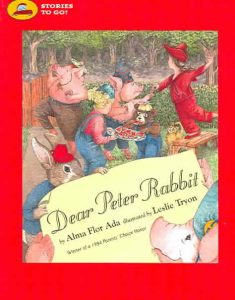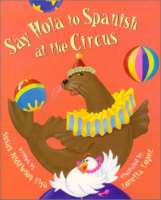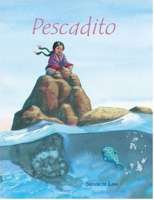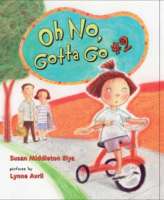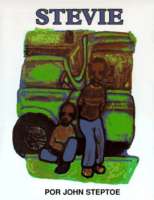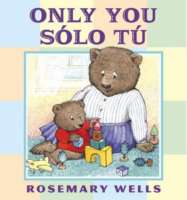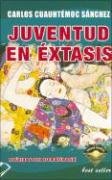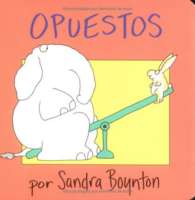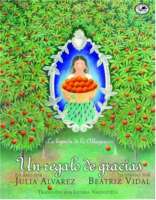
After their olive crop fails, Maria fears that her family will have to abandon their farm on the new island colony. Then, one night she dreams of a mysterious and beautiful lady shrouded by trees with branches hung with hundreds of little suns. They are oranges like the ones Maria’s parents once ate in their homeland, Valencia, Spain. That very day, Maria and her family plant the seeds that soon yield a magnificent orange grove and save the farm. But who was the mysterious lady who appeared in her dream and will Maria ever find her again to say gracias?


